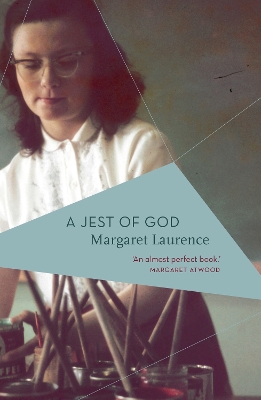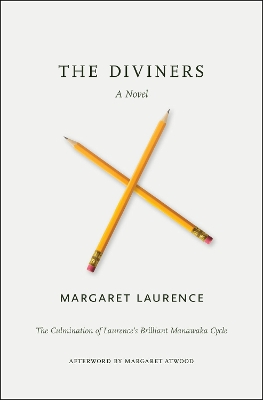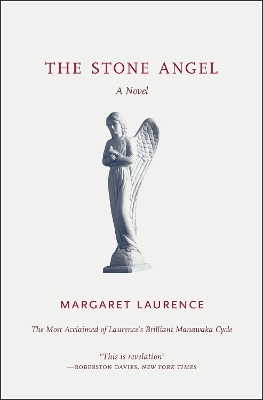New Canadian Library
3 primary works • 5 total works
Book 96
Vanessa rebels against the dominance of age; she watches [her grandfather] imitate her aunt Edna; and her rage at times is such that she would gladly kick him. It takes great skill to keep this story within the expanding horizon of this young girl and yet make it so revealing of the adult world.--Atlantic
A Bird in the House achieves the breadth of scope which we usually associate with the novel (and thereby is as psychologically valid as a good novel), and at the same time uses the techniques of the short story form to reveal the different aspects of the young Vanessa. --Kent Thompson, The Fiddlehead
I am haunted by the women in Laurence's novels as if they really were alive--and not as women I've known, but as women I've been.--Joan Larkin, Ms. Magazine
Not since . . . To Kill a Mockingbird has there been a novel like this. It should not be missed by anyone who has a child or was a child.--Pittsburgh Post-Gazette
One of Canada's most accomplished writers, Margaret Laurence (1926-87) was the recipient of many awards including Canada's prestigious Governor General's Literary Award on two separate occasions, once for The Diviners.
Book 111
Whenever I find myself thinking in a brooding way, I must simply turn it off and think of something else. God forbid that I should turn into an eccentric.
Rachel Cameron is a shy, retiring schoolmistress, tethered to her overbearing invalid mother. Thirty-four and unmarried, she feels herself edging towards a lonely spinsterhood. But then she falls in love for the first time, and embarks upon an affair that will change her life in unforeseen ways.
Book 146
Mrs. Laurence's [novel] is both poetic and muscular, and her heroine is certainly one of the more humane, unglorified, unpolemical, believable women to have appeared in recent fiction.--The New Yorker
In The Stone Angel, Hagar Shipley, age ninety, tells the story of her life, and in doing so tries to come to terms with how the very qualities which sustained her have deprived her of joy. Mingling past and present, she maintains pride in the face of senility, while recalling the life she led as a rebellious young bride, and later as a grieving mother. Laurence gives us in Hagar a woman who is funny, infuriating, and heartbreakingly poignant.
This is a revelation, not impersonation. The effect of such skilled use of language is to lead the reader towards the self-recognition that Hagar misses.--Robertson Davies, New York Times
It is [Laurence's] admirable achievement to strike, with an equally sure touch, the peculiar note and the universal; she gives us a portrait of a remarkable character and at the same time the picture of old age itself, with the pain, the weariness, the terror, the impotent angers and physical mishaps, the realization that others are waiting and wishing for an end.--Honor Tracy, The New Republic
Miss Laurence is the best fiction writer in the Dominion and one of the best in the hemisphere.--Atlantic
[Laurence] demonstrates in The Stone Angel that she has a true novelist's gift for catching a character in mid-passion and life at full flood. . . . As [Hagar Shipley] daydreams and chatters and lurches through the novel, she traces one of the most convincing--and the most touching--portraits of an unregenerate sinner declining into senility since Sara Monday went to her reward in Joyce Cary's The Horse's Mouth.--Time
Laurence's triumph is in her evocation of Hagar at ninety. . . . We sympathize with her in her resistance to being moved to a nursing home, in her preposterous flight, in her impatience in the hospital. Battered, depleted, suffering, she rages with her last breath against the dying of the light. The Stone Angel is a fine novel, admirably written and sustained by unfailing insight.--Granville Hicks, Saturday Review
The Stone Angel is a good book because Mrs. Laurence avoids sentimentality and condescension; Hagar Shipley is still passionately involved in the puzzle of her own nature. . . . Laurence's imaginative tact is strikingly at work, for surely this is what it feels like to be old.--Paul Pickrel, Harper's
This Side Jordan transcends the traditional limits of the first novel. Its powerful and compassionate characterizations and its themes of exile and community anticipate the five later novels that make up Laurence’s acclaimed Manawaka series. A major work of lasting significance, This Side Jordan creates echoes in the mind of the reader as resonant as the drums of Ghana.



